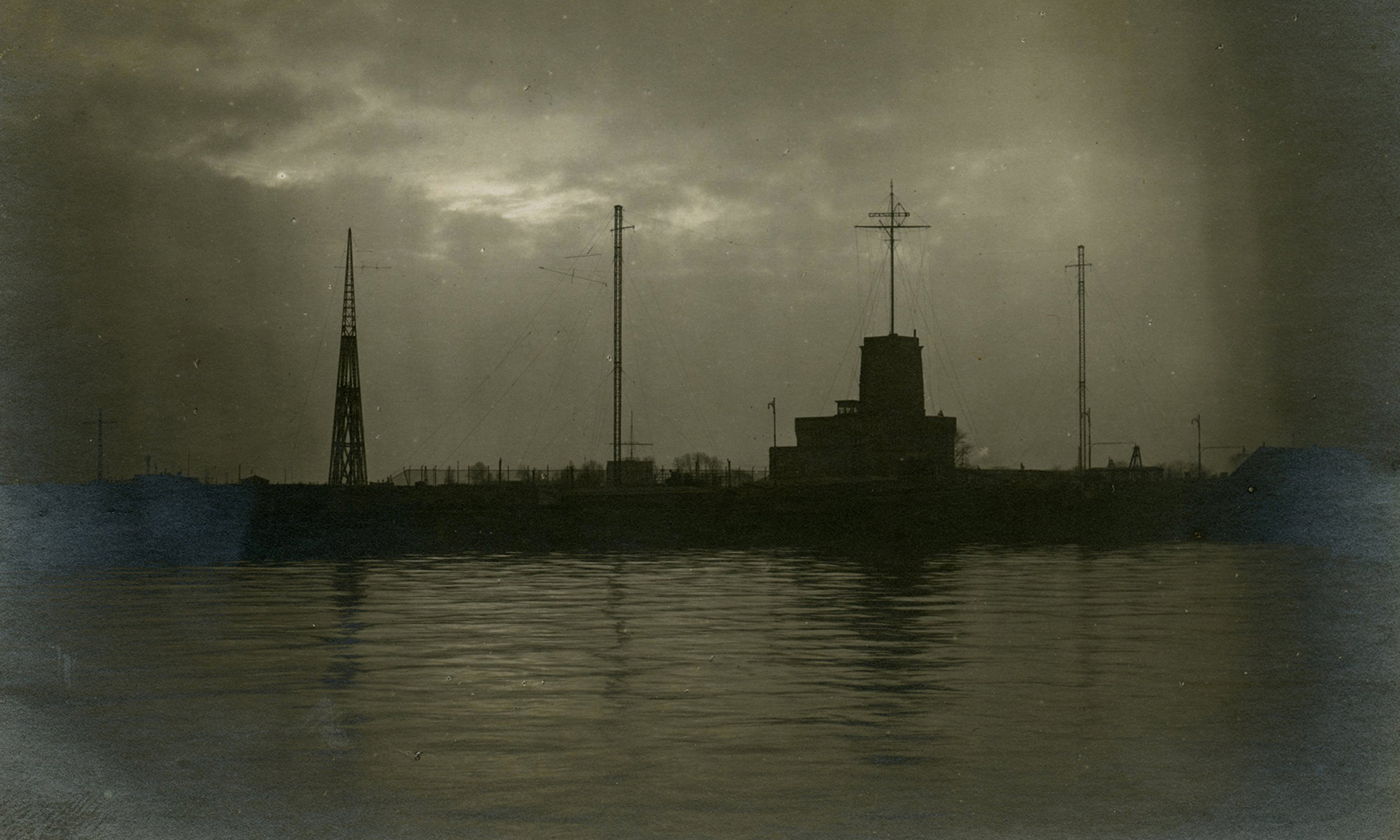First World War: Wireless and Secret Listening Stations
Historic England funded a project to identify the most significant wireless stations that listened in to German signals, communicated with shipping and co-ordinated the air defence of the country.
From the late 19th century the earth was ringed by undersea telegraph cables that carried the world’s commercial and diplomatic communications. One of the first acts of war by the British was the cutting of German cable connections, thereby forcing them to rely on their long-range wireless stations.
This in turn opened up new possibilities of listening into German diplomatic communications, as well as military and naval wireless traffic. To date relatively little work has been done on the birth of this subject, especially on the locations and forms of these early wireless and signals intelligence sites.
During the war wireless communications made great progress and, by 1915, the use of wireless in aircraft was sufficiently developed for use in artillery spotting in France. One of the most significant wartime developments was the introduction of thermionic valves that enabled the development of voice telephony with a microphone fitted to the transmitter and headphones to the receiver. By the end of the war, wireless had been combined with other new technologies, including airships, tanks and aircraft, and the jamming and monitoring of communications was routine.
-
First World War: Land
One of the features of industrialised, mechanised, 20th-century warfare was its hunger for land.
-
First World War: Sea
At the outbreak of the First World War Great Britain was the world’s greatest naval power.
-
First World War: Air
Historic England has identified the most significant airfields and airfield buildings of the First World War.





